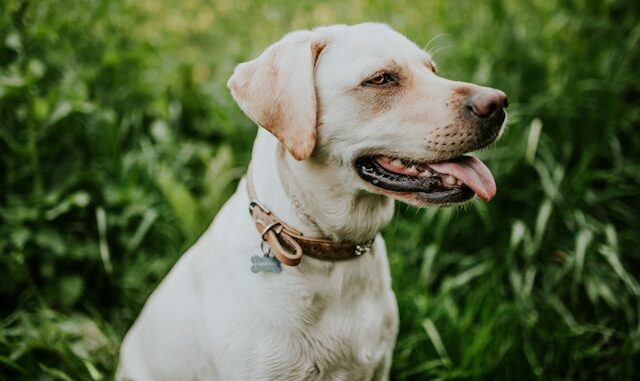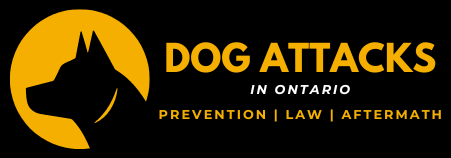
In Ontario, the safety and welfare of citizens, as well as their pets, are paramount concerns when it comes to interactions with dogs. To address potential risks posed by certain dogs, the province has established legal frameworks for identifying and regulating dogs deemed “dangerous.” This article delves into the process of designating a dog as dangerous in Ontario and the subsequent restrictions, particularly muzzle orders, that may be imposed.
Identifying Dangerous Dogs
The process of identifying a dog as dangerous typically begins with incidents involving aggression or attacks. According to Ontario’s Dog Owners’ Liability Act (DOLA), a dog may be considered dangerous if it has:
- Caused harm or poses a menace: If a dog has bitten or attacked a person or domestic animal, or has demonstrated a propensity to do so, it may be deemed dangerous.
- Engaged in prohibited behavior: This includes behaviors such as chasing or menacing individuals or domestic animals in a way that suggests a risk of harm.
Once a dog’s behavior raises concerns, individuals or authorities may initiate a complaint, leading to an investigation by animal control or law enforcement agencies.
Legal Process for Designation
Upon receiving a complaint or report of a dangerous dog, authorities will typically investigate the matter. This investigation may involve gathering evidence, interviewing witnesses, and assessing the dog’s history and behavior.
If the authorities determine that the dog meets the criteria for a dangerous designation, they may issue a declaration identifying the dog as such. This declaration is typically accompanied by specific conditions and restrictions aimed at minimizing the risk of harm to the public.
Potential Restrictions Imposed
Once a dog is designated as dangerous, various restrictions may be imposed under the DOLA. These restrictions are designed to ensure public safety while allowing responsible dog ownership. Some common restrictions include:
- Muzzle Orders: One of the most common restrictions imposed on dangerous dogs in Ontario is a muzzle order. This requires the dog to wear a muzzle whenever it is in public places or in the presence of people or animals outside its household. Muzzles prevent the dog from biting or causing harm to others.
- Leash Requirements: Dangerous dogs may be required to be kept on a leash and under the control of a responsible person whenever they are outside their owner’s property. This helps prevent the dog from wandering off and potentially causing harm.
- Secure Enclosures: Owners of dangerous dogs may be required to ensure that their property is securely fenced or enclosed to prevent the dog from escaping and posing a threat to the public.
- Insurance Requirements: In some cases, owners of dangerous dogs may be required to obtain liability insurance to cover potential damages or injuries caused by their dog.
Appealing Designations and Restrictions
Owners of dogs designated as dangerous have the right to appeal the decision and the imposed restrictions. This typically involves submitting an appeal to the appropriate authorities, such as a local animal control board or tribunal.
During the appeals process, owners may present evidence and arguments to contest the designation or seek modifications to the imposed restrictions. The appeals process allows for a fair and impartial review of the case to ensure that the interests of both public safety and responsible dog ownership are upheld.
Conclusion
In Ontario, the designation of a dog as dangerous is a serious matter that involves careful consideration of the dog’s behavior and potential risks to the public. The legal process for identifying and regulating dangerous dogs aims to balance public safety concerns with the rights of dog owners.
Muzzle orders and other restrictions imposed on dangerous dogs play a crucial role in minimizing the risk of harm to individuals and other animals. By understanding these legal processes and requirements, dog owners can take appropriate measures to ensure the responsible ownership and management of their pets, while also promoting a safe environment for all members of the community.
